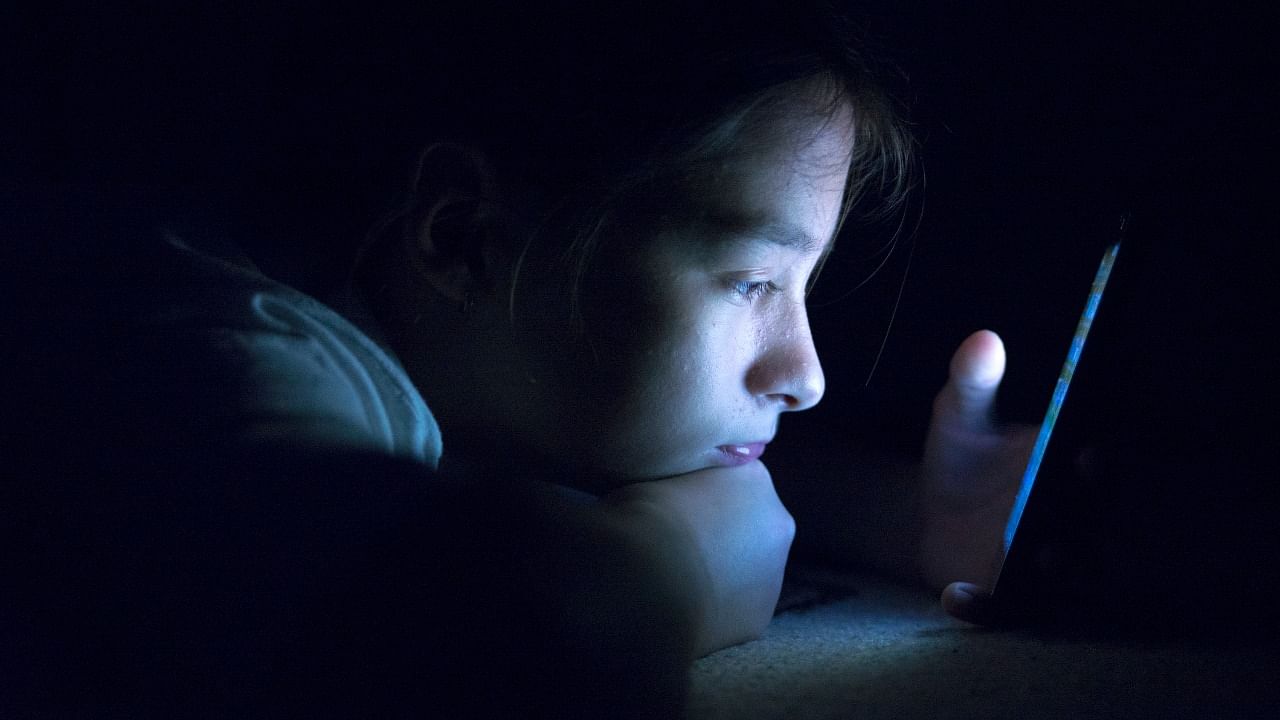
Though India has 356 million youth between the age group of 10-24 years, the largest in the world as per a report by the United Nation’s, the physical and mental growth of our youth is a cause for concern given the general condition of health, education and hygiene. Lack of inclusive and quality education, malnutrition, smartphone addiction, gender bias and unconstrained exposure to adult content on the Internet, among other ills, adversely affect the moral, physical and intellectual growth of children and youth.
According to the National Family Health Survey-5 (NFHS-5), 35.5% of children below five years are stunted and 32.1% are underweight. The children thus affected have low learning capacity, low productivity and they suffer from nutrition-related chronic diseases. The statistics are worrying by themselves; compounding it further are increasing incidents of food adulteration.
Food and education
The Food Safety and Standards Authority of India (FSSAI) has recommended stringent punishment -- life imprisonment and Rs 10 lakh fine, to curb food adulteration. The Criminal Laws (Rajasthan Amendment) Bill has provisions for life imprisonment for adulteration of food, or drugs and medicines, making their sale a cognizable and non-bailable offence. India must ensure stringent action against food adulteration and implement laws effectively to curb adulteration. As for availability of food, India' surviving bio-diversity -- with more than 18,000 species of higher plants including 160 minor crops, 325 wild relatives, and a wide range of aquatic species, animals and birds -- can meet the nutrition needs of our youth, if equitable distribution is ensured.
At 400 million children, India has the world’s largest child population. Nearly 35 million aged 6-14 years do not attend school; 53% of girls in the age group of 5 to 9 years are illiterate and about 20 million are orphans. The Right to Education Act was passed to address this gap and ensure quality education for all. But Under the same Act, however, students can be promoted till class 8 without a reasonable assessment of learning outcomes and remediation of learning gaps, if any. As a result, quality of education suffers as shown in the Annual Survey of Education. According to the survey, nationally, less than half the children in Class 3 were able to read a Class I level text, a figure which had shown virtually no improvement since 2011. Just over a quarter of class 3 children could do a two-digit subtraction and a similar proportion of class 5 could do simple division. The Annual Status of Education Report by Pratham found that only 22% could solve simple math problems.
Rote learning continues to affect originality, creativity and enthusiasm. As G Madhavan Nair, eminent scientist and former chairman of ISRO, says schools in India function like factories, bringing out graduates like on an assembly-line, with no relevant knowledge. He further laments the lack of focus on original research in the large number of universities in India.
Addiction to Gadgets
Today, smartphone addiction is common, and has assumed serious proportions. Prolonged use of handheld radio-frequency transmitters that produce electromagnetic field damage human brains, says Dr Manik Mahajan, a senior neurologist, and adds that there is a spike in the number of patients of anxiety disorders, believed to be due to increased use of mobile phones and social media platforms.” More community playgrounds, sports infrastructure, parental guidance, job diversity, creative classroom room teaching, art, dance and music can fight this dangerous addiction.
Children’s exposure to adult content on the Internet too affects their mental health, besides tearing their moral fabric. “Early sexual exposure may traumatise the young and may have lasting impact on their social and interpersonal development; damage a child’s moral compass, potentially leading to acts of sexual offense or violence. Other effects are disturbed sleep, lowered self-esteem and suicidal thoughts,” said Dr Kumavat, consultant psychiatrist and sexologist, Fortis Hospital in Mumbai. Public awareness, stronger laws, and dedicated monitoring are needed to mitigate the gadget menace.
According to data from Census 2011, the number of child labourers in India is 10.1 million of which 5.6 million are boys and 4.5 million are girls. Though the numbers have reduced owing to strict laws against child labour and general awareness, many children are still at work and not in schools. It is time to understand the reason behind this and act.
finally, gender bias is rampant in India. India ranks 135 out of 146 in the Global Gender Gap Index for 2022. Bias against girl children is deeply rooted in the Indian psyche.
To reap demographic dividends, India must address the challenges to healthy development of children and youth.